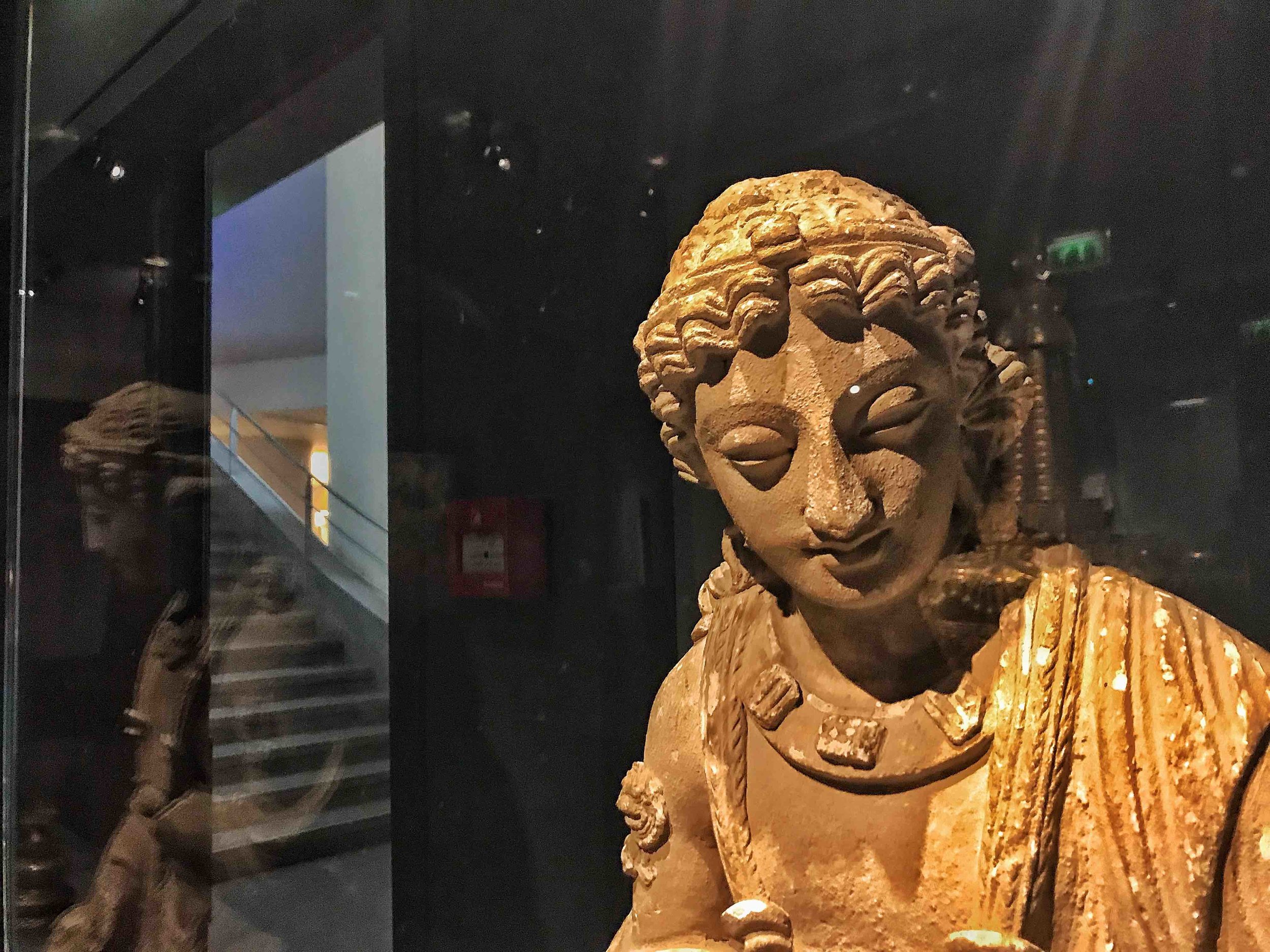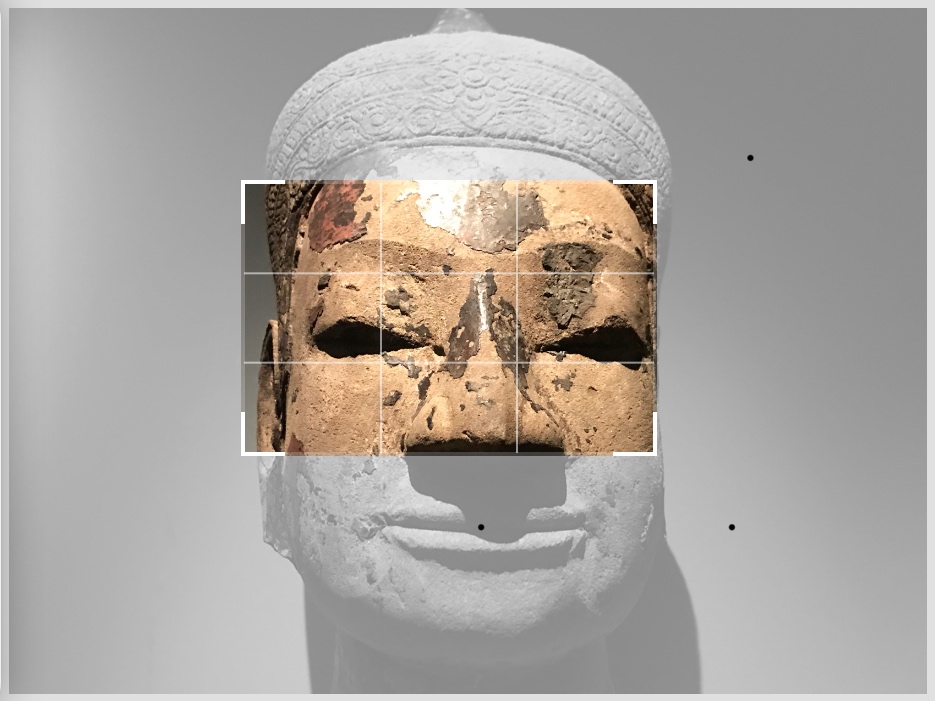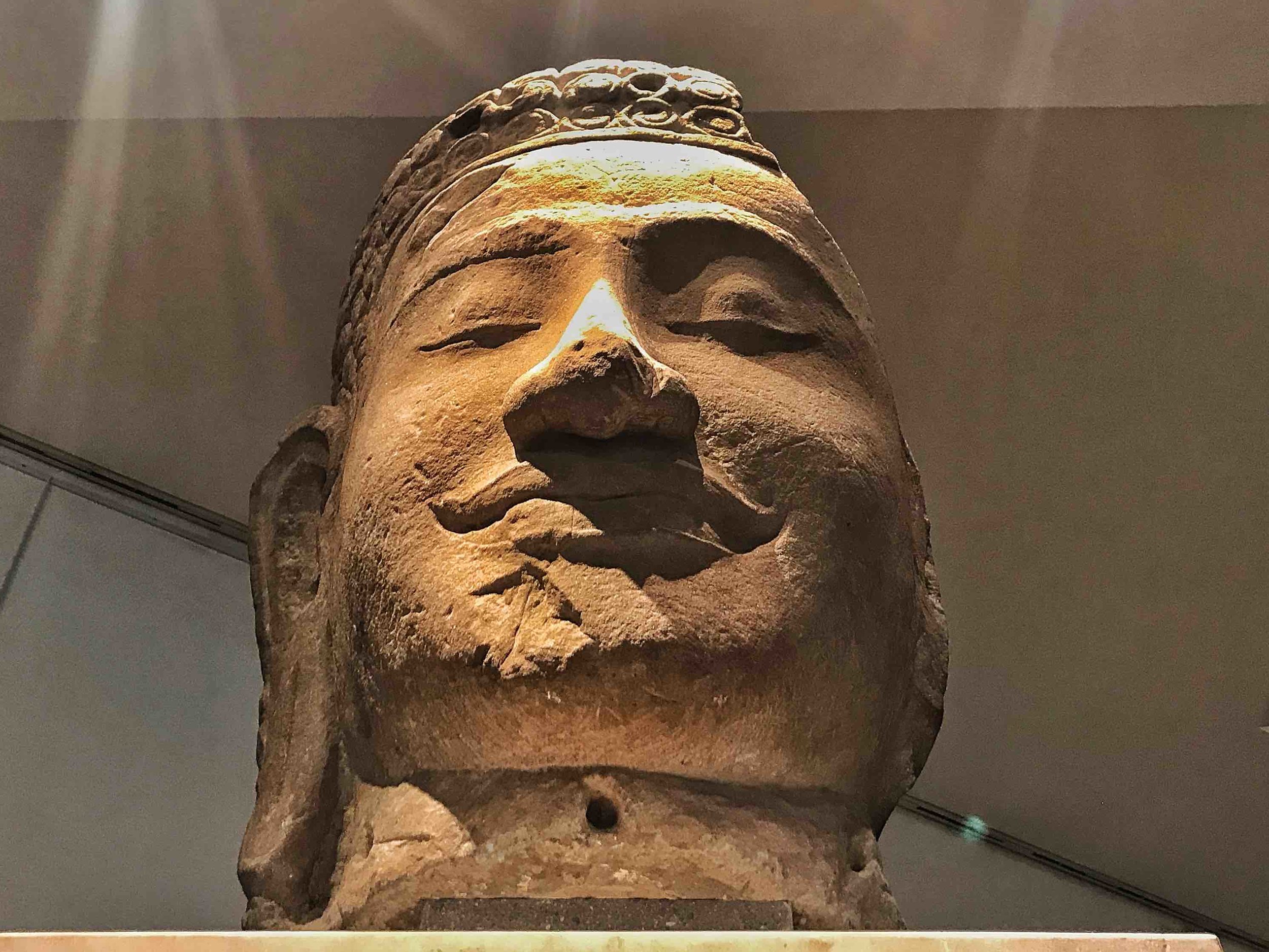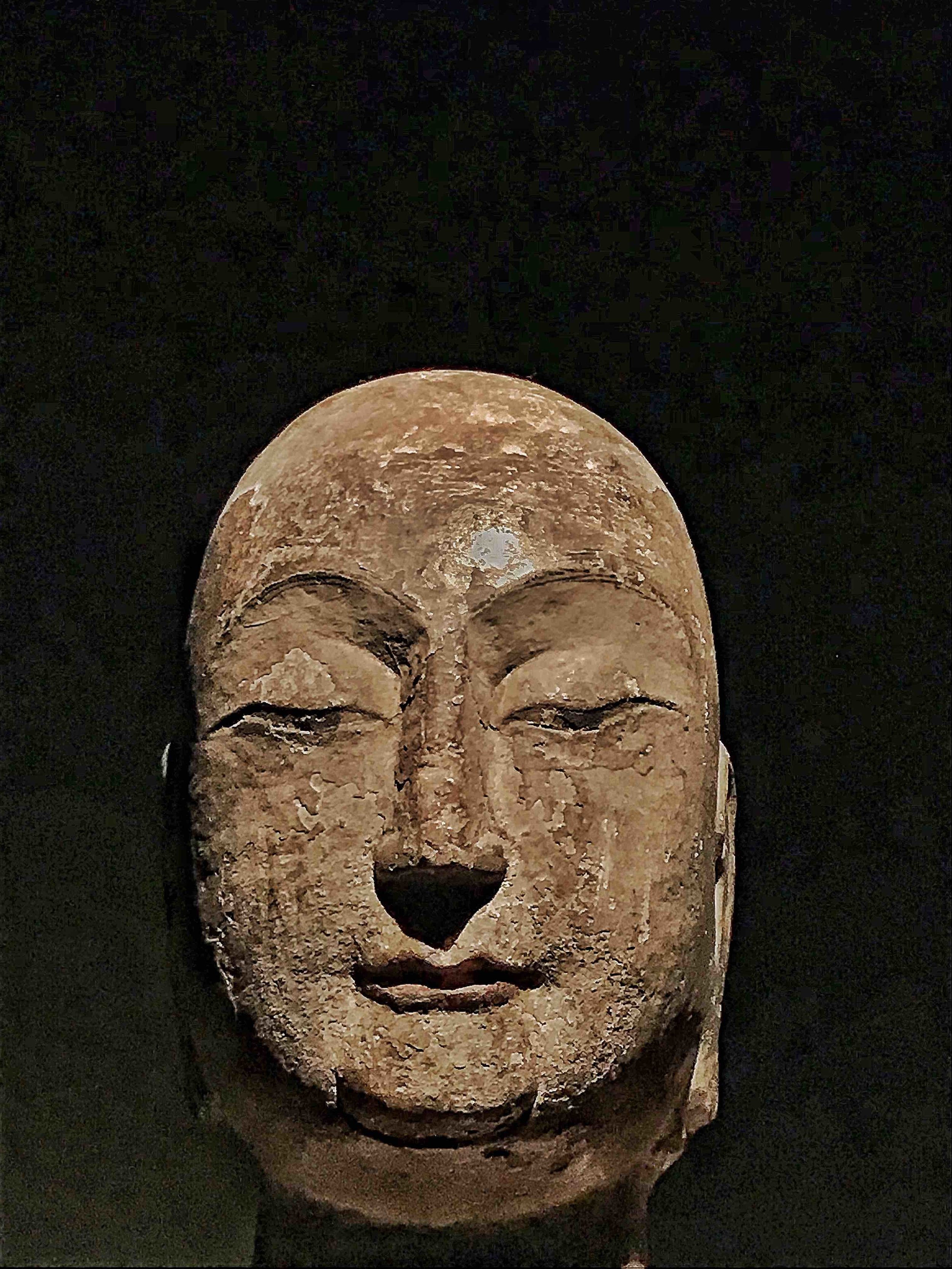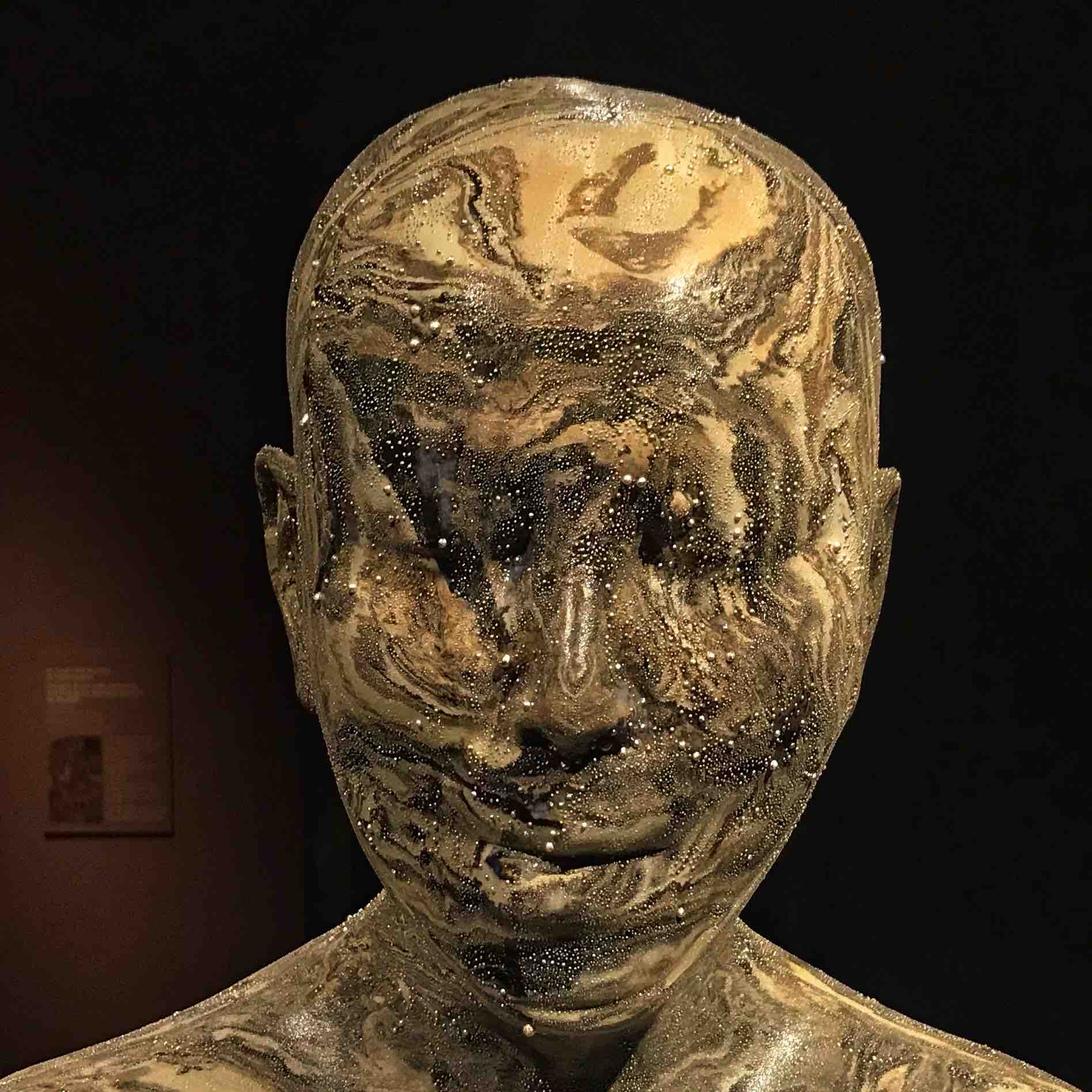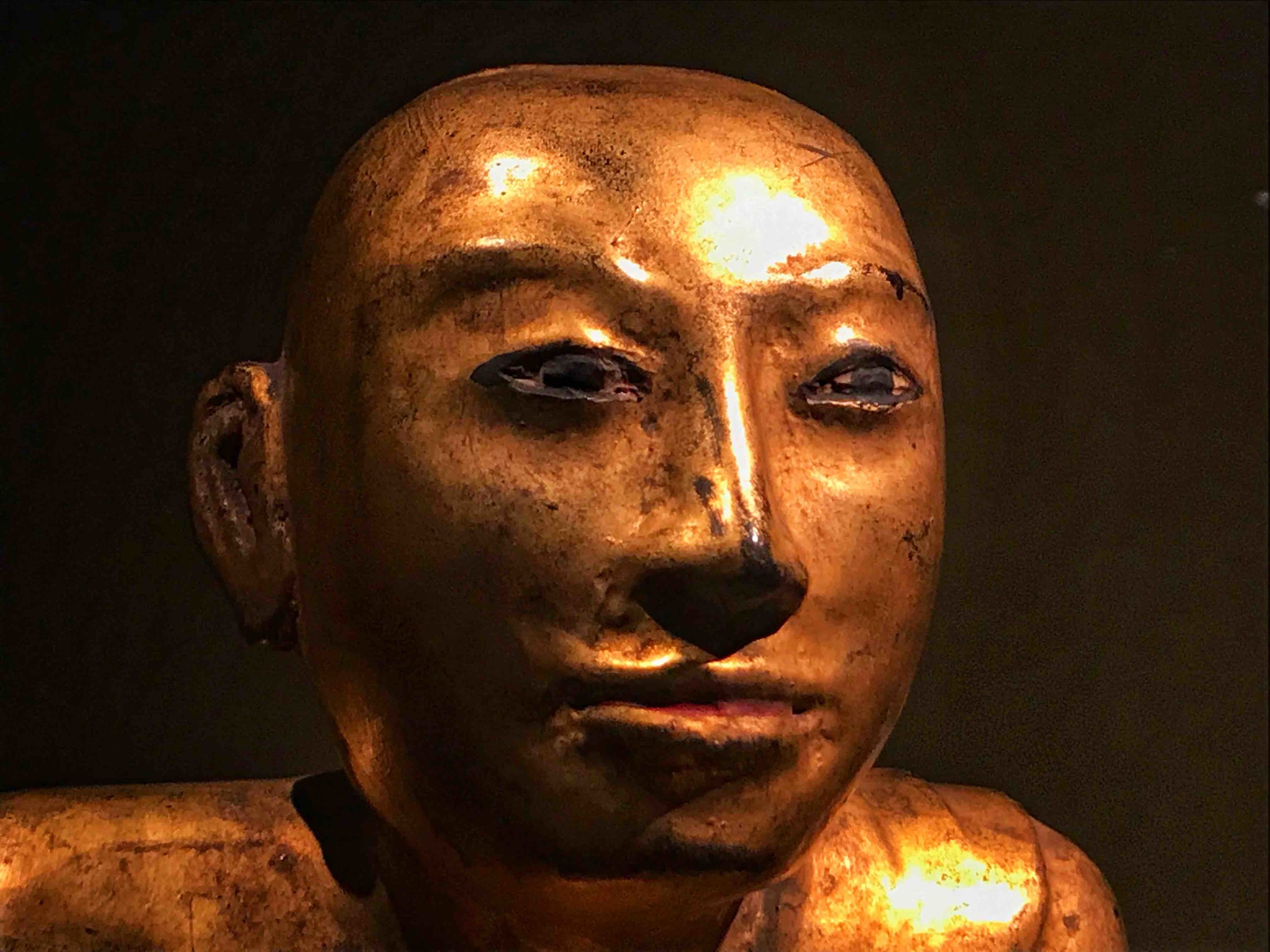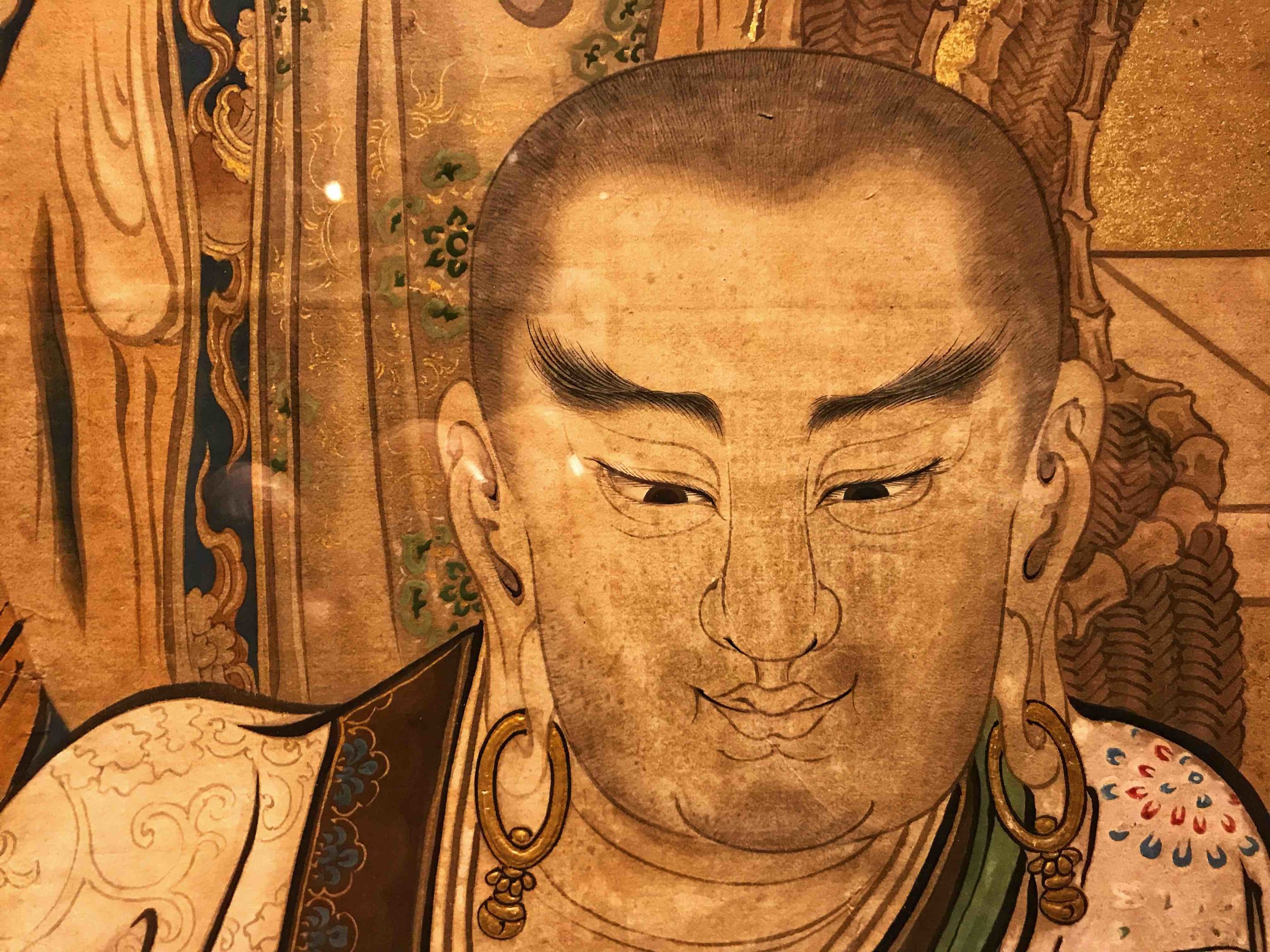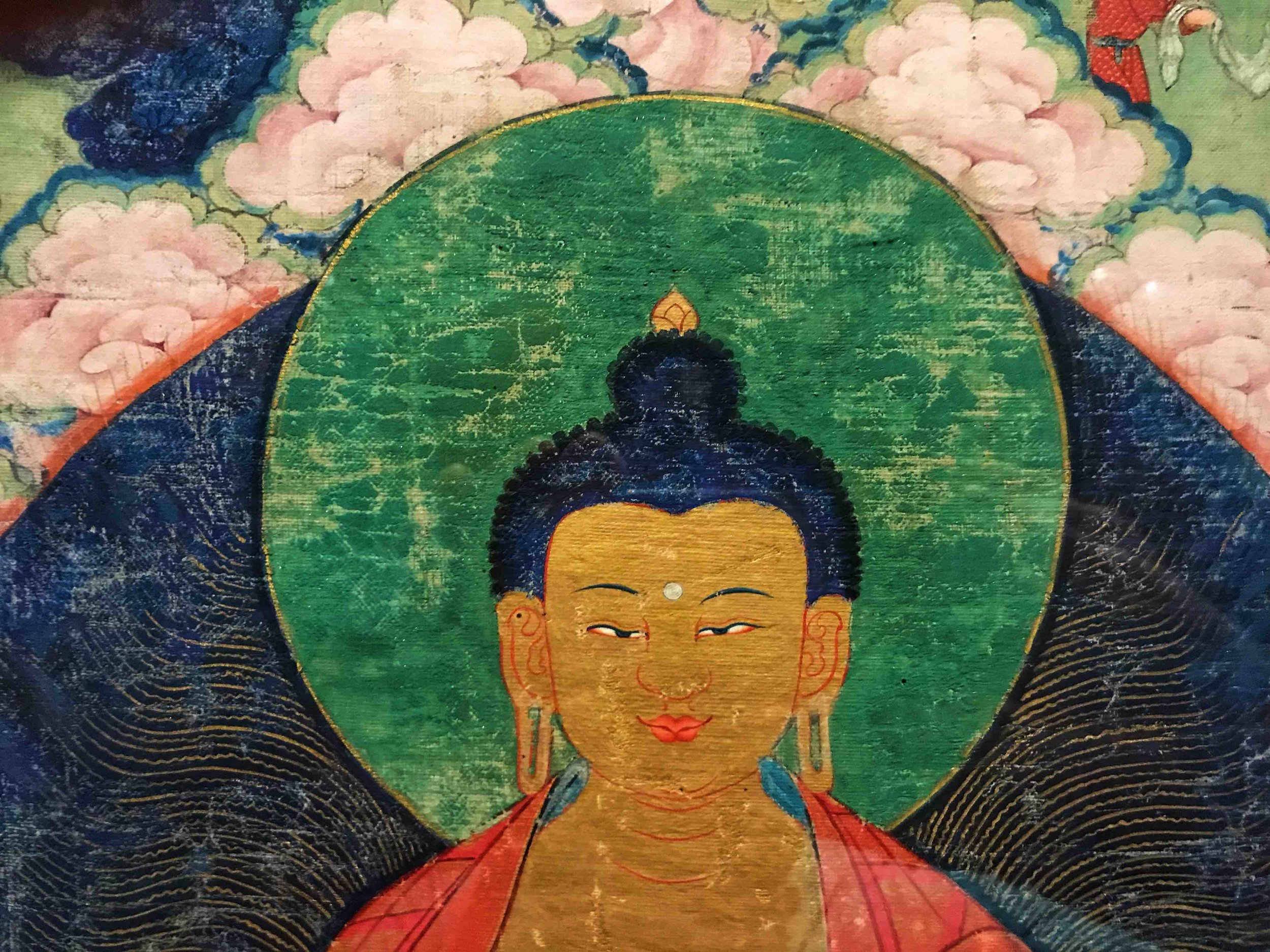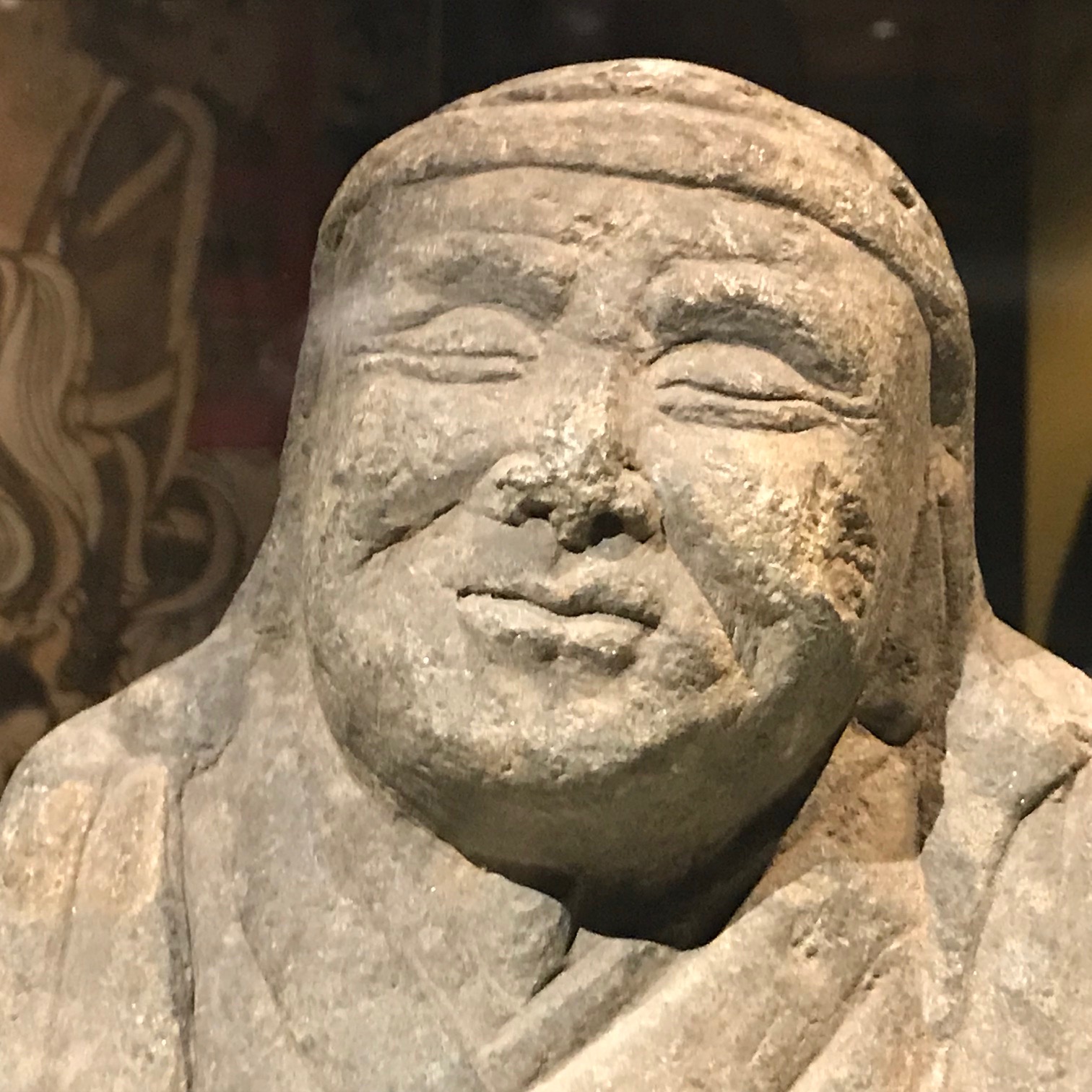The other day, my wife Alexis and I visited the Musée Guimet in Paris. It was a special outing, as we were celebrating the twenty-fifth anniversary of our first meeting. The Musée Guimet is a world-class collection of Asian art. It’s spectacular, gorgeous, fantastic, and marvelous, to pluck a quaternity from the Thesaurus (with a capital “T,” of course).
The Musée is off the average tourist’s radar, and at the height of the season you can find yourself alone in there. Just you, the thousand Buddhas, and no one else.
Yes. The thousand Buddhas, also known as the 144,000 Buddhas, the 432,000 Buddhas, the Seven Buddhas, the 12 Buddhas, and the Many-who-are-One. I’m making all of this up, but this proves the very point I’m trying to share with you: We each have our own subjective reality, composed of our perceptions, our filters and blockages, our family histories, our DNA, our Zodiac signs, and our diet among other variables. Alexis and I, together for 25 years and generally attuned to each other, undoubtedly saw two completely different Musées Guimet, two completely different sets of a thousand Buddhas. And my very informal and ignorant Buddhism—the one I’m making up right now—is totally unlike the Dalai Lama’s, for example. Which is totally unlike the Buddhism of any other བླ་མ་. (That’s Tibetan for Lama, but you knew that already, didn’t you?) (You didn’t?)
Indeed, no two people have ever seen the same Buddha. And if a hundred readers read this blog post, there’ll be a hundred head trips with a hundred minds and hearts making up their own stuff. If you doubt me, share the post with a friend and then get together for drinks, and pick a fight over what the hell this post means.
Acceptance of the subjective dimension—yours and everyone else’s—is a healing process, a coming-to-terms, a letting-go. Since the subjective dimension is the stuff of your daily life, to accept it allows you to inhabit your life more comfortably. Believe it or not, other people are different from you, and they don’t see the world the way you see it, even when they’re standing on the same spot as you, and looking in the same direction. Accept the subjective dimension, and you’ll understand people more easily.
Also, much as there are a thousand Buddhas, there are a thousand Pedros, a thousand Alexis or Alexises or Alexii, and a thousand of every person. Do your mother and your banker really see the same “you”? Does your mother see the same “you” before and after she takes her meds? As a matter of fact, do you see your own self the same way on Monday morning and on Friday evening?
At the Musée Guimet, there was a temporary show on the life of the Buddha. Imagine a vast Wikipedia page illustrated with sculptures, freezes, lithographs, parchments, maps, all of it beautifully lit and displayed. You’ll travel in space and time, to north India 2500 years ago. You’ll visit Pakistan, Afghanistan, China, Japan, Cambodia, Myanmar, and all points in between. You’ll dwell in princely realms, and you’ll also meet beggars, devils, and The Temptations. Also elephants, and whenever you see elephants they inevitably go pink and on parade. You’ll learn that the Buddha lived 527 lives before he achieved ultimate enlightenment, the containment-that-is-a-propagation, the delightful death.
Here’s a theory: Enlightenment is the recognition that the subjective reality you swear by isn’t Reality. In enlightenment, filters and assumptions and judgments dissipate, and then “you see.” 527 lives at an average of 40 years per life, give or take a month or two? It’s roughly 20,000 years. Start immediately, and you might reduce your sentence by several weeks!
Below is a police lineup of Buddha suspects. Which of these is the actual Buddha, good ol’ Siddhārta Gautama, the flesh-and-bones human being who “committed” Buddhism 2500 years ago?
©2019, Pedro de Alcantara.




